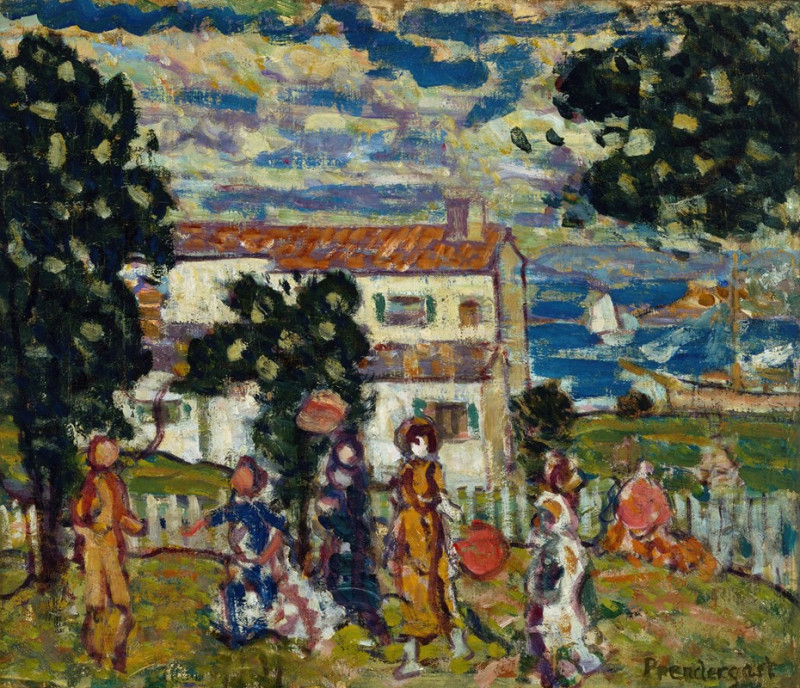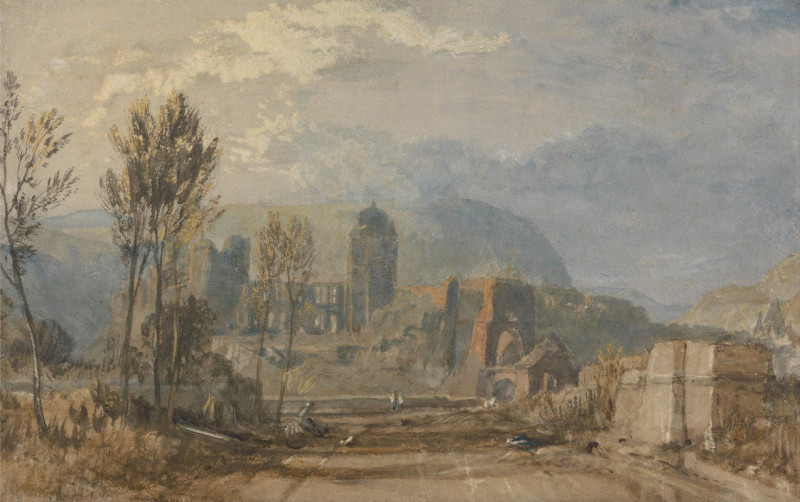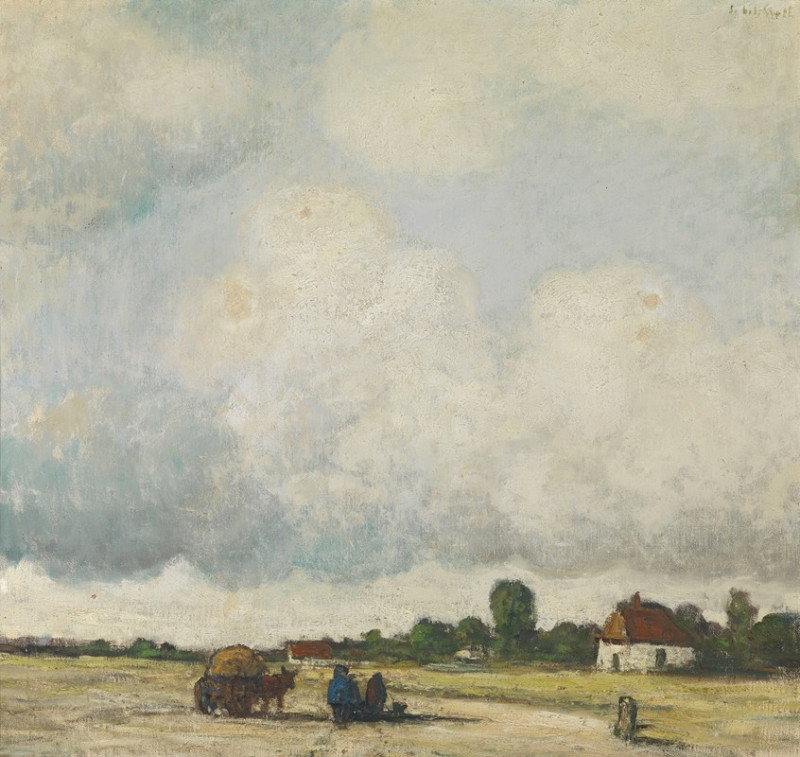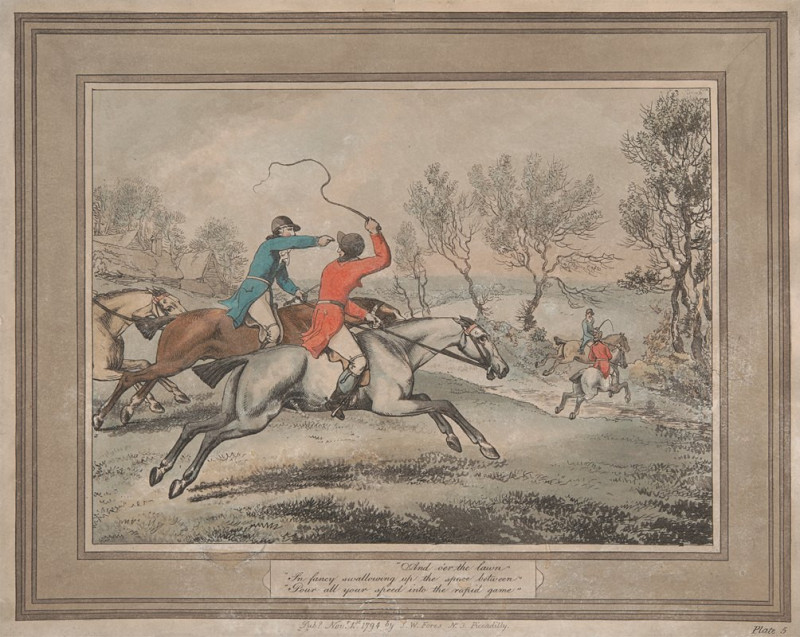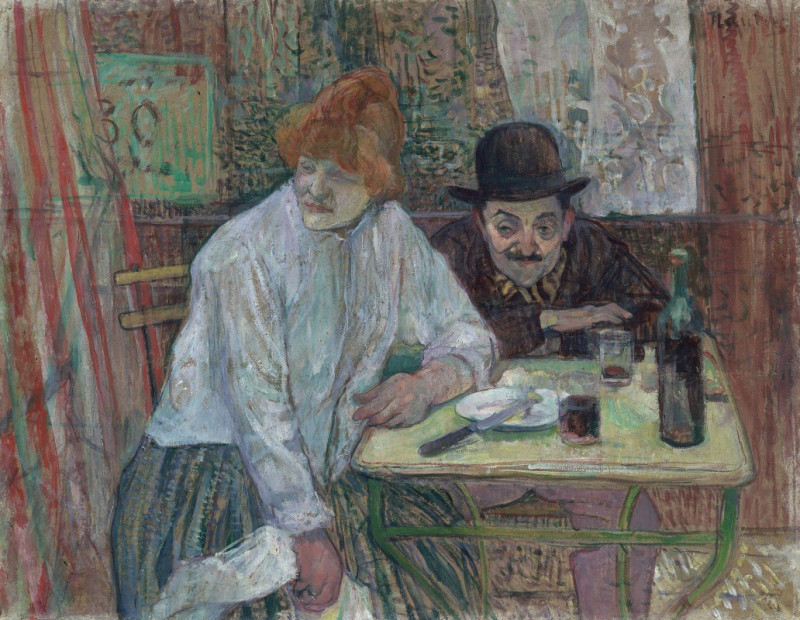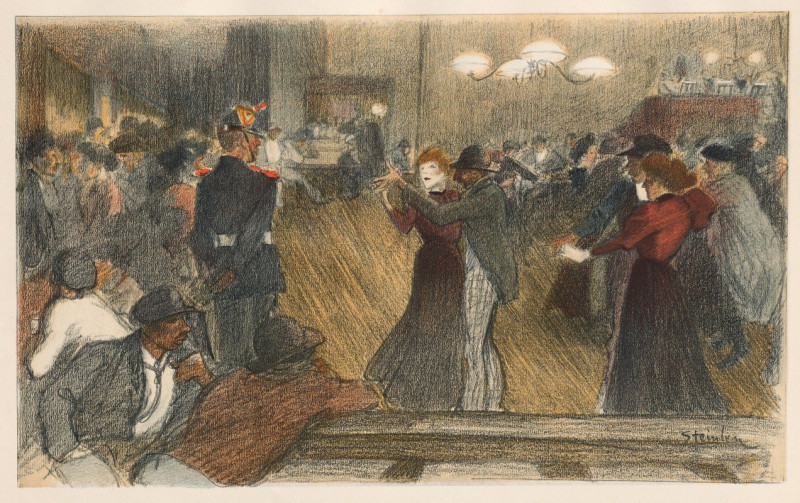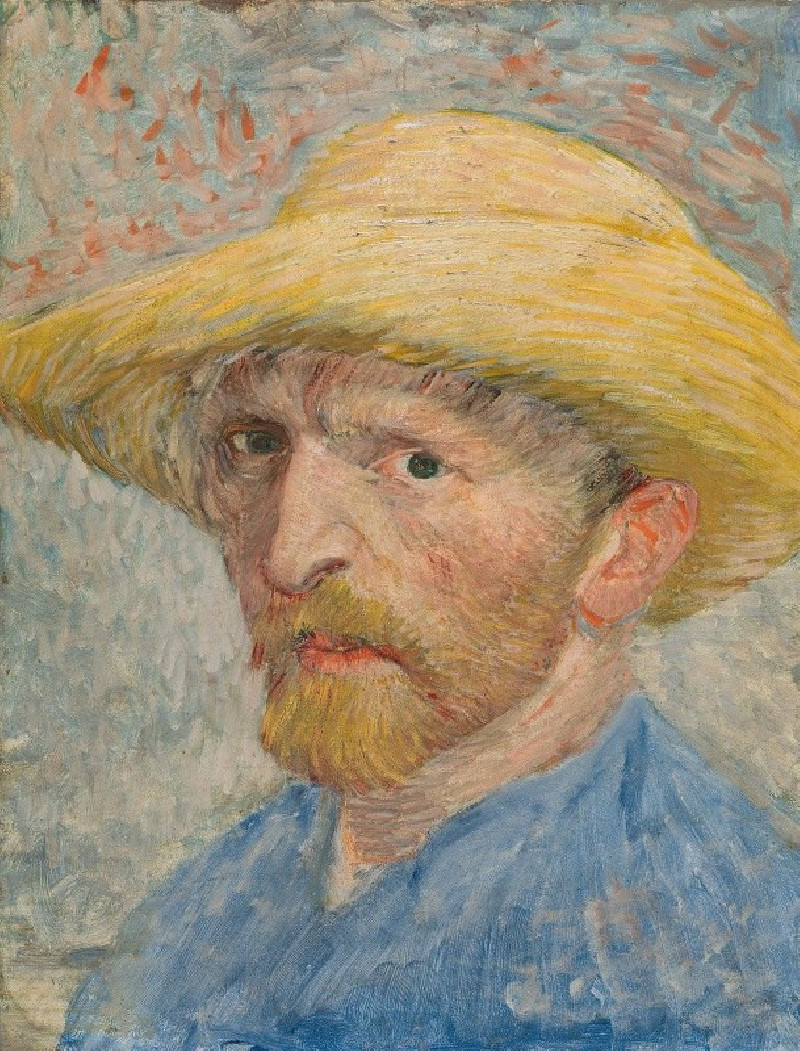Allée Of Chestnut Trees
Technique: Giclée quality print
Recommended by our customers
More about this artwork
The painting "Allée of Chestnut Trees" by Alfred Sisley captures a serene, lush path lined with chestnut trees. Sisley, a master of Impressionism, use light, color, and loose brushstrokes to convey the beauty of nature and the tranquility of outdoor spaces.In the artwork, the path invites your eyes to wander into the scene, where it is flanked on each side by robust trees with dense, leafy canopies that filter light onto the below pathway. These trees feature varying shades of green, hinting at the play of sunlight through their branches. The perspective of the path gives depth to the scene, leading the viewer's gaze toward a figure with horses and a cart, subtly integrated into the landscape in the middle distance. This element of everyday life adds a sense of quiet activity to the scene, without disturbing its peaceful atmosphere.On the left side, the river and the opposite bank open the space, creating a sense of expansiveness and breath to the scene. This contrast between the denser wooded area on the right and the open water scene on the left beautifully balances the composition.With his typical Impressionist technique, Sisley portrays not just a visual scene but an ambiance, capturing the freshness of the outdoors and a moment of peaceful rural life. The sky, too, is depicted with a gentle suggestion of clouds, contributing to the overall calming effect of the painting.
Delivery
Returns
Alfred Sisley (1839–1899), an English impressionist artist, was renowned for his breathtaking impressionist landscape paintings. Born in 1839 to a wealthy family in Paris, Sisley spent most of his life in France. Despite being intended for a career in commerce, he rebelled and pursued his passion for painting as an amateur in the studio of Charles Gleyre, where he befriended artists Claude Monet and Pierre-Auguste Renoir. The financial loss of his family in the Franco-German War led Sisley to make a career out of his art, though it left him financially distressed. It wasn't until after his passing in 1899 that the true value of his work was recognized.

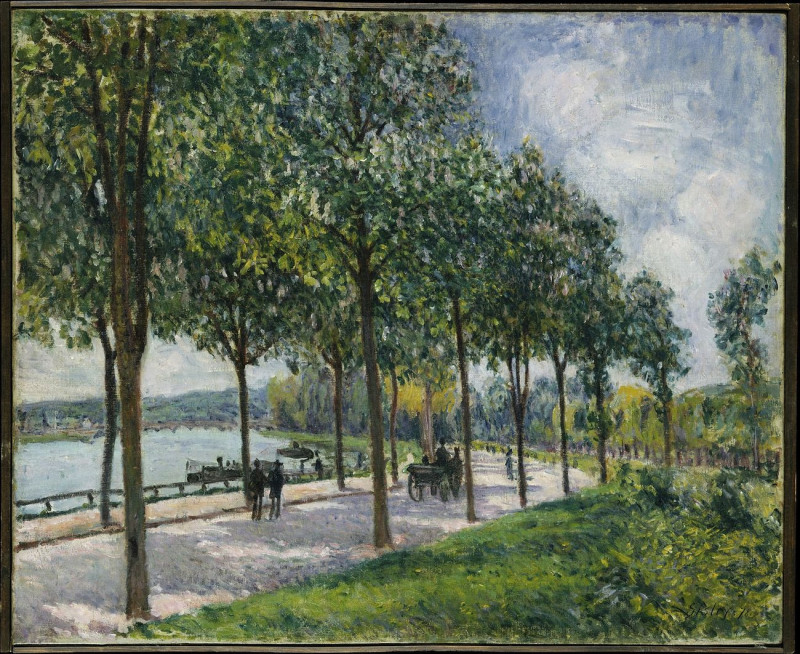

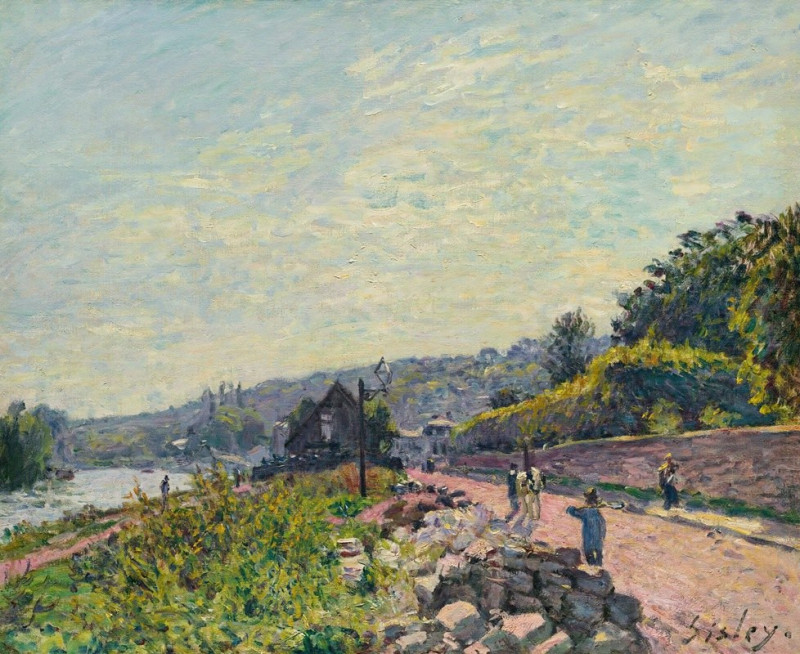
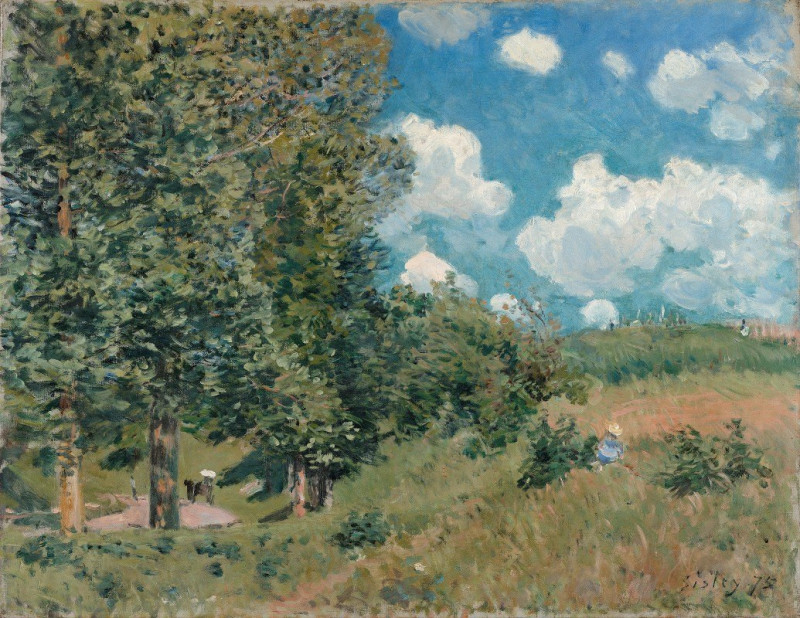
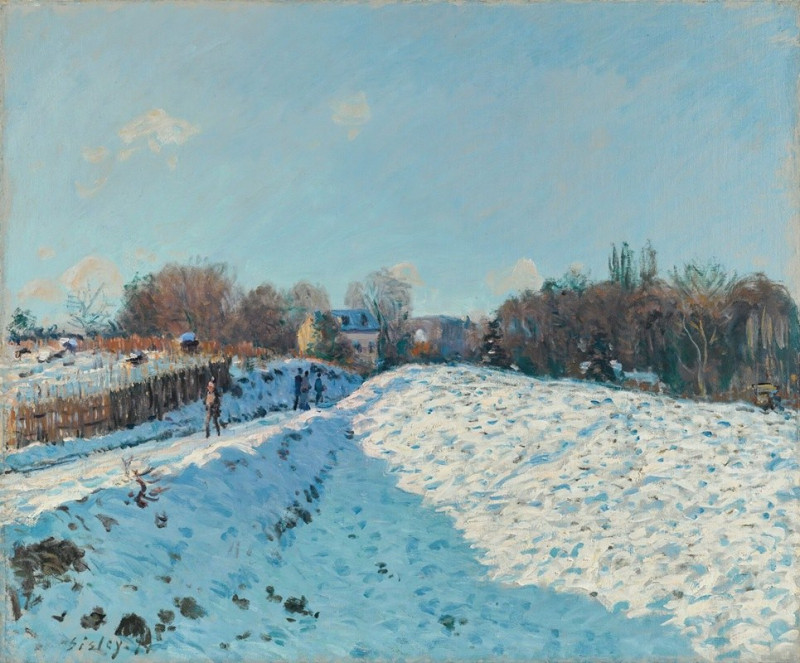
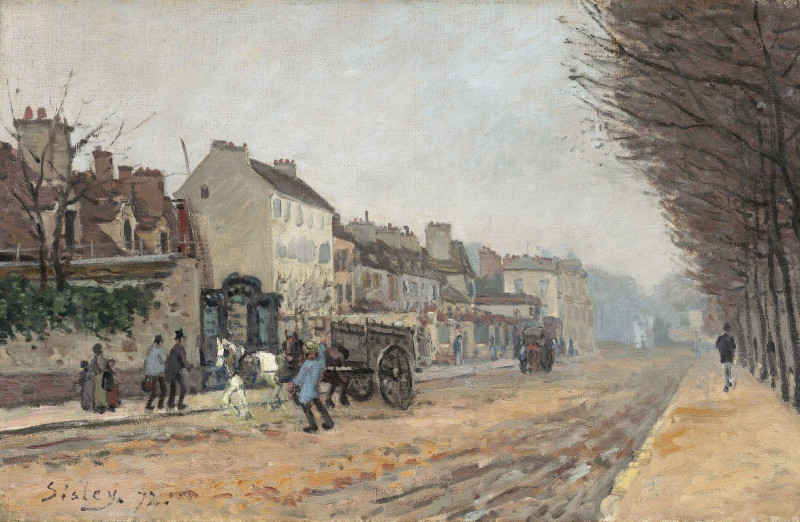
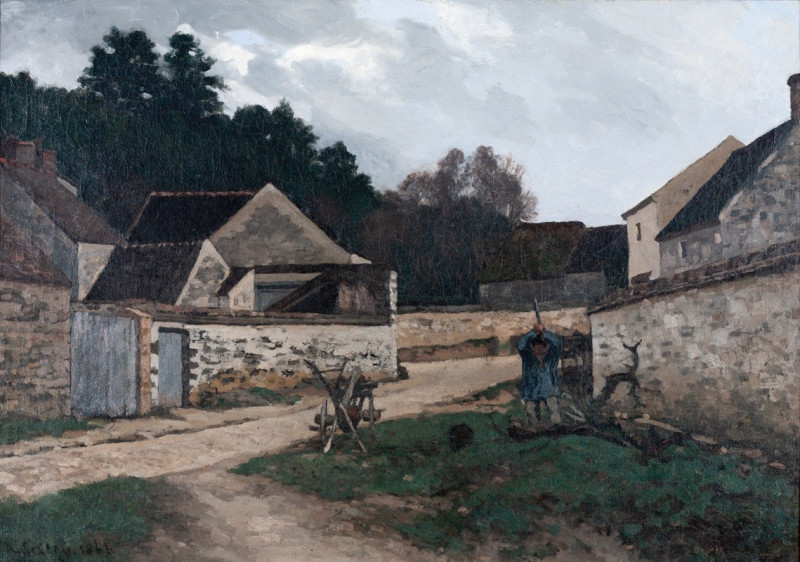


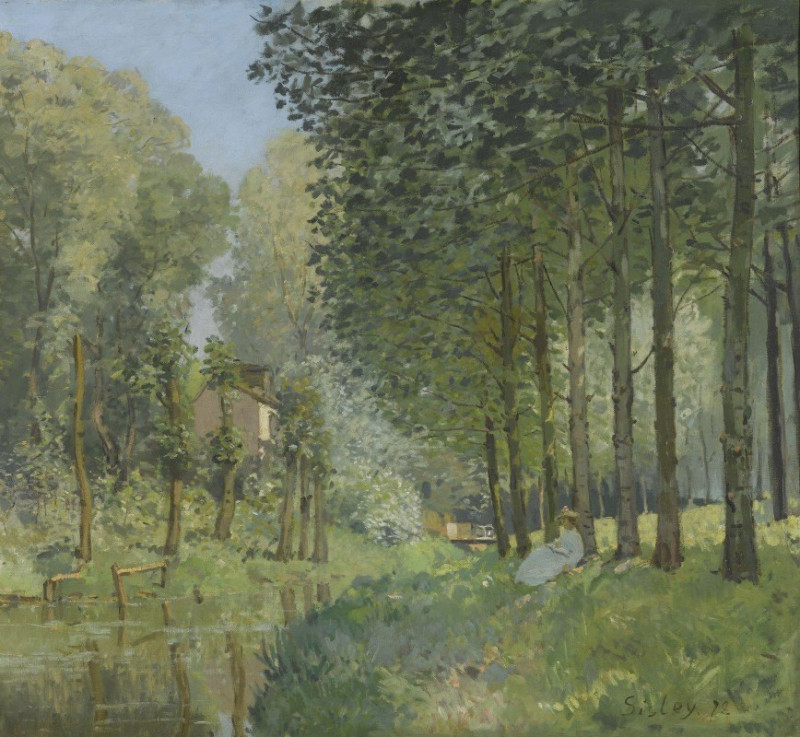
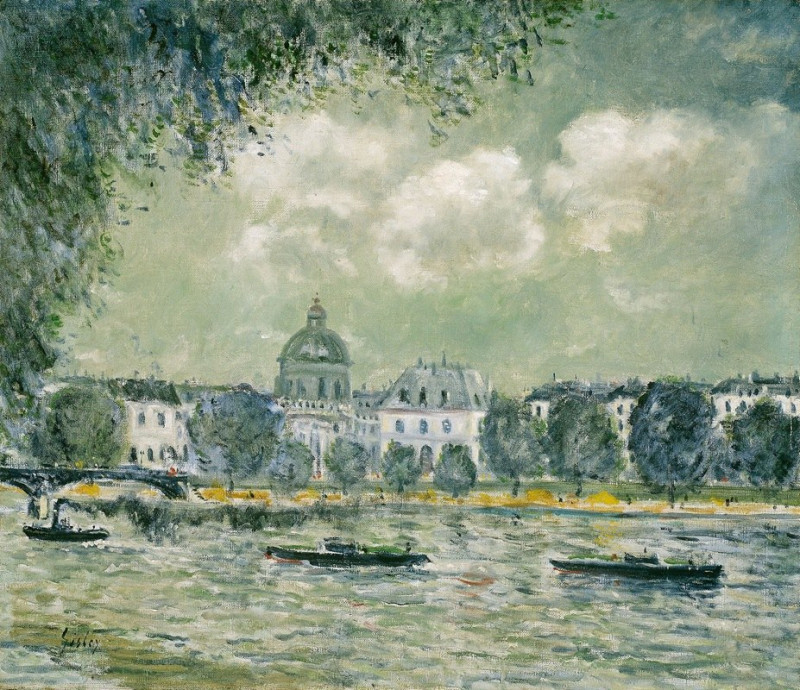
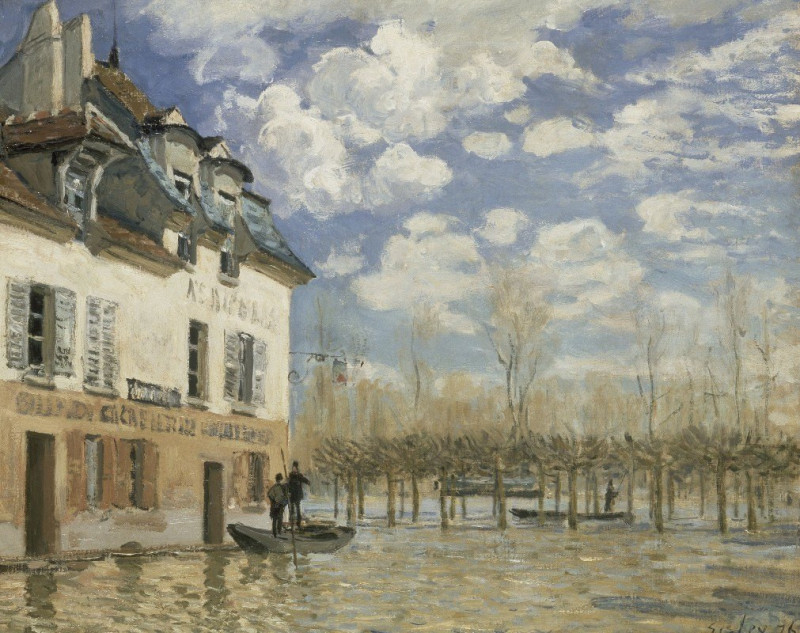



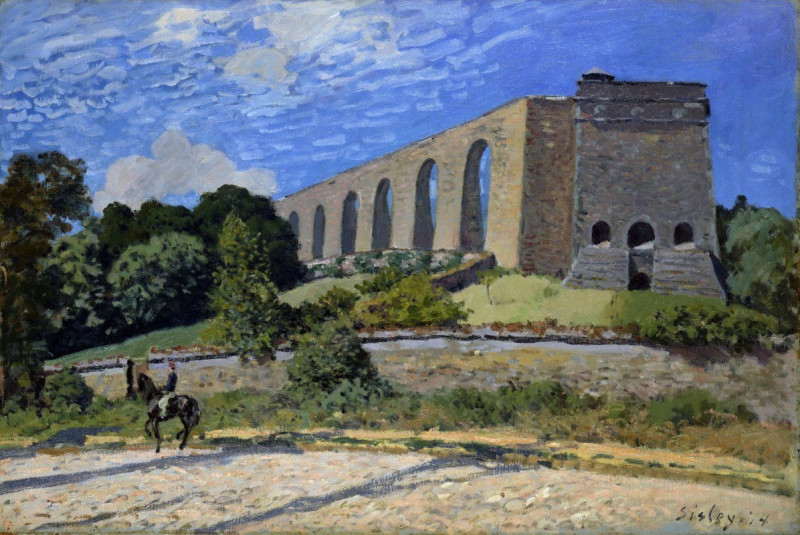
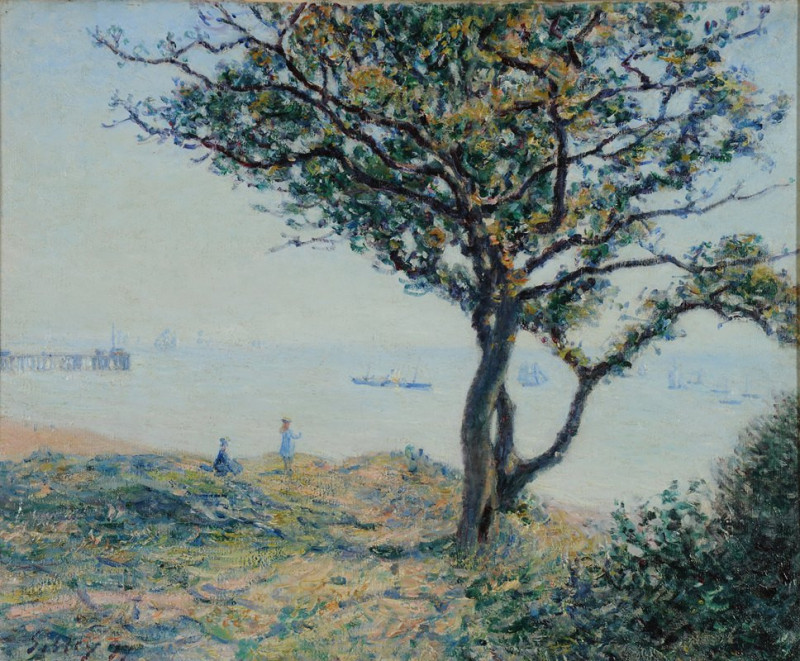
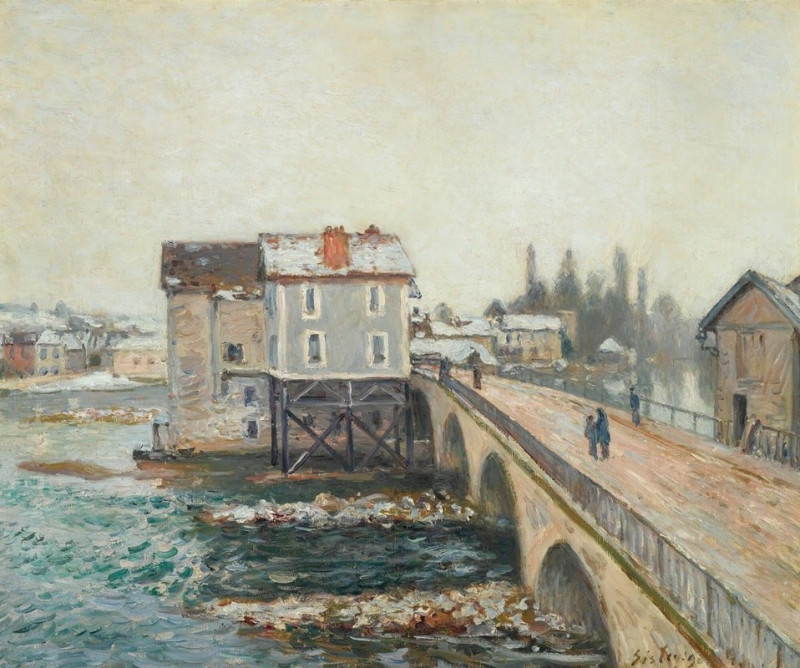
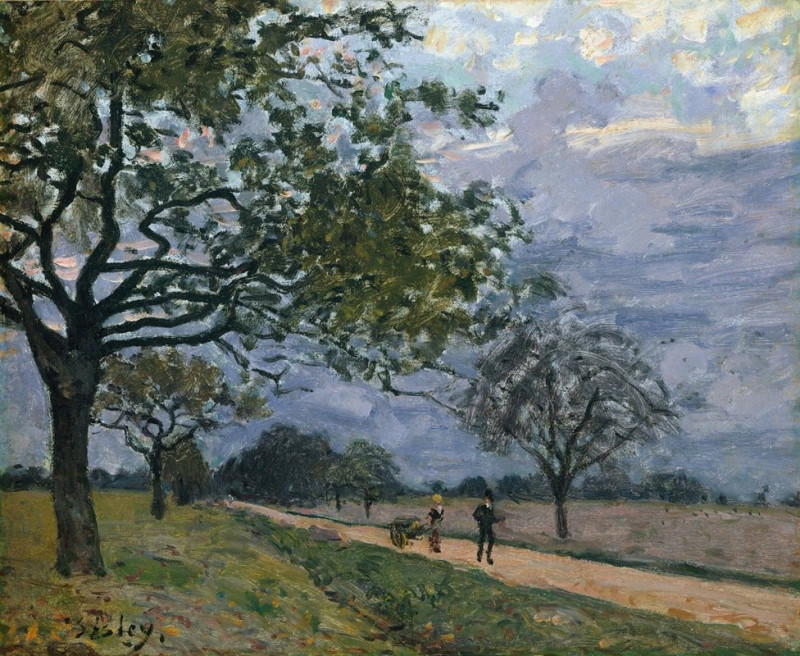
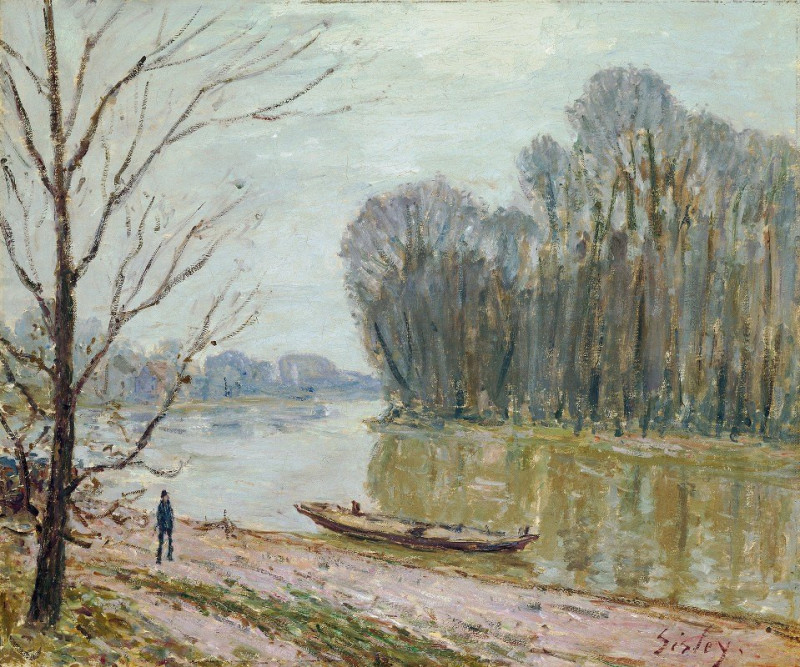
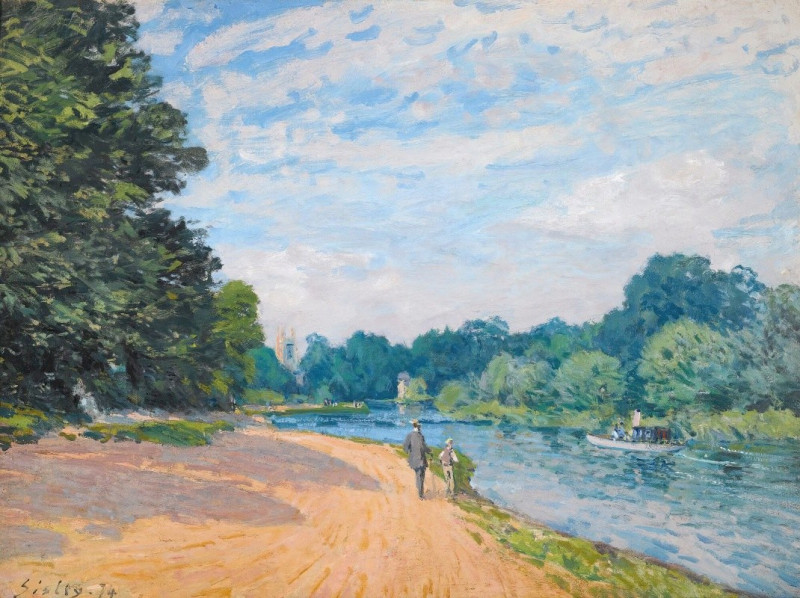
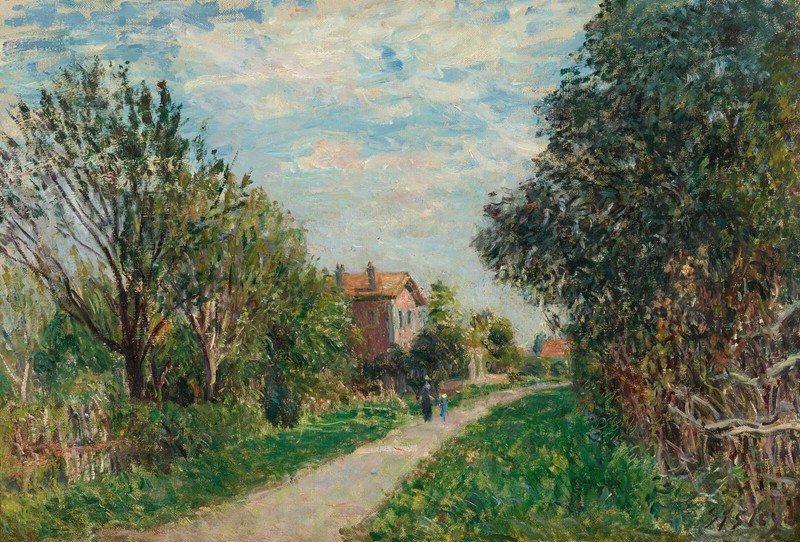


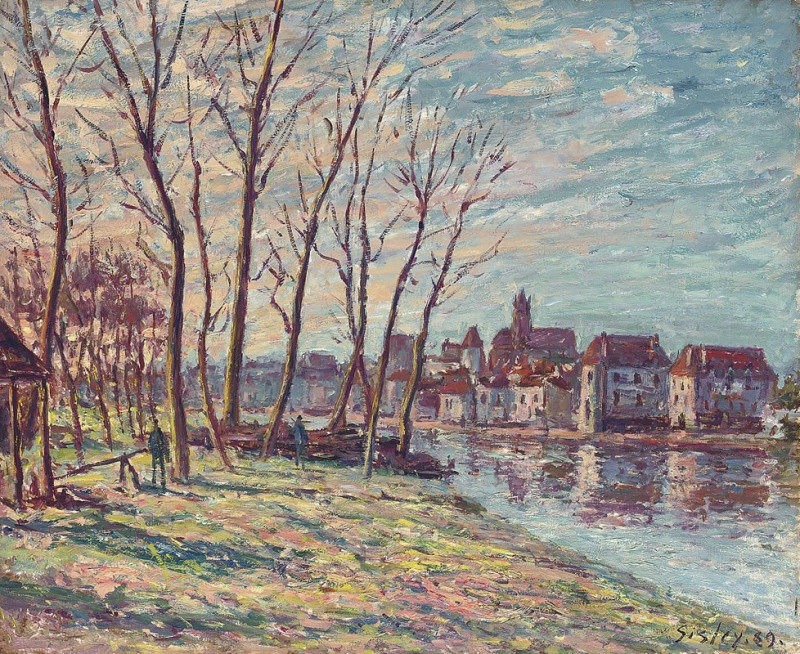
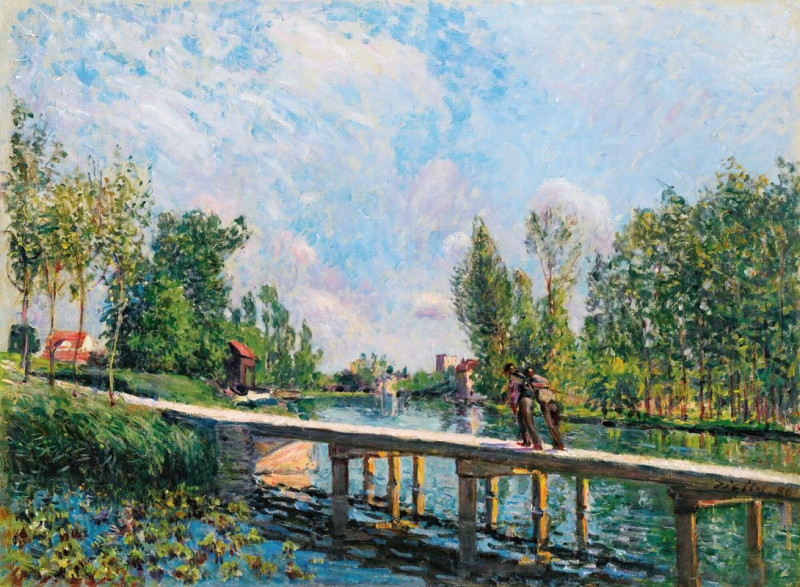


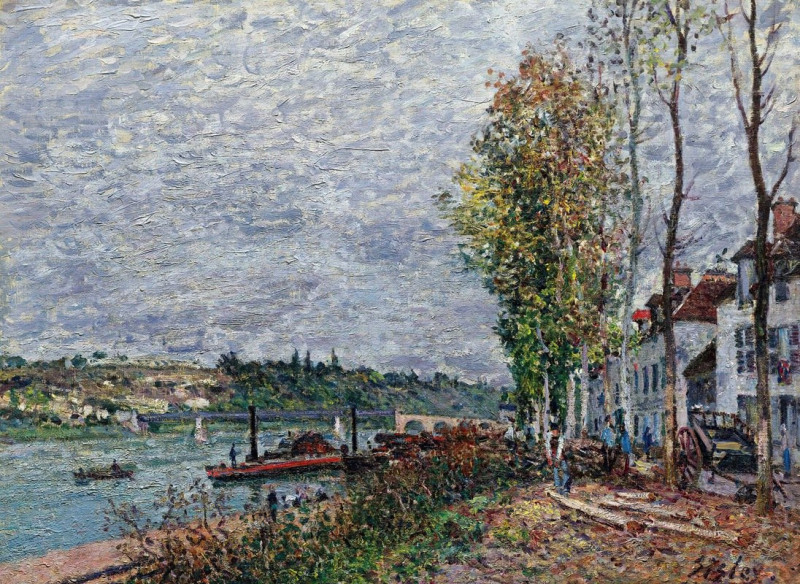

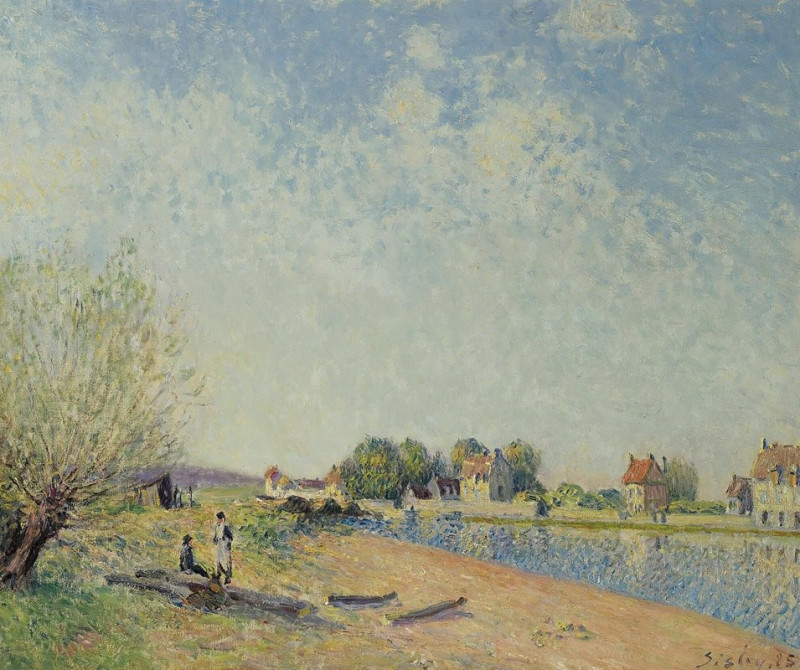
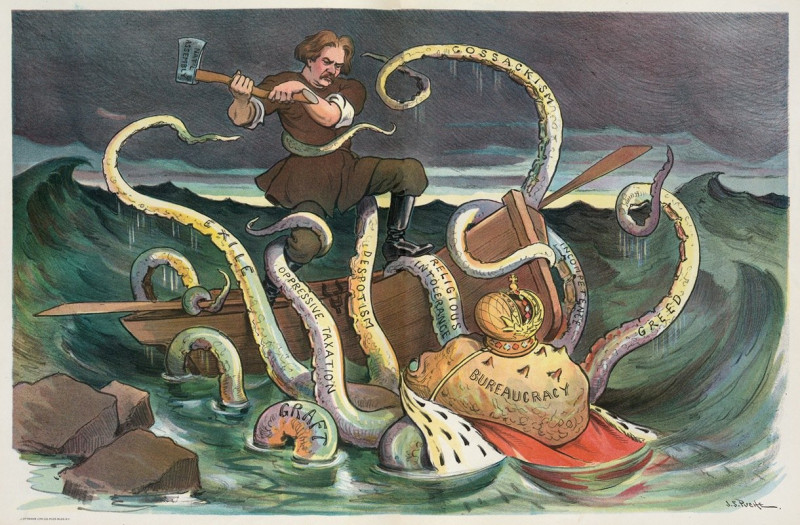
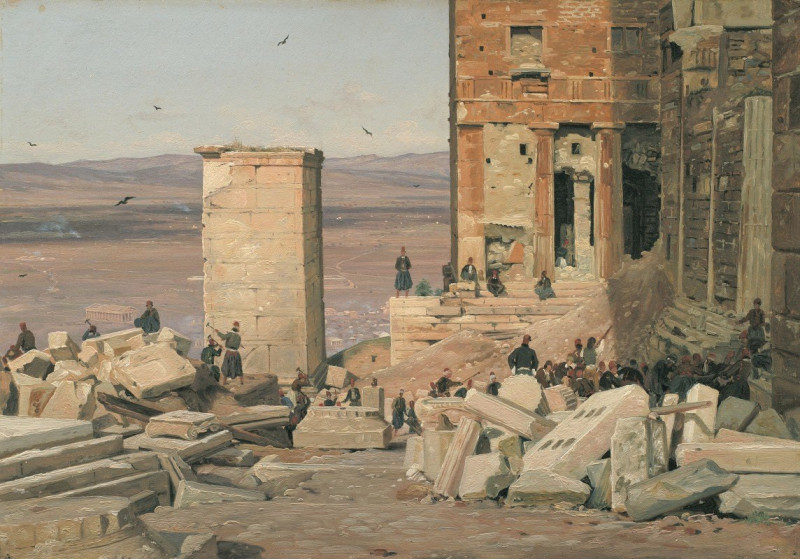
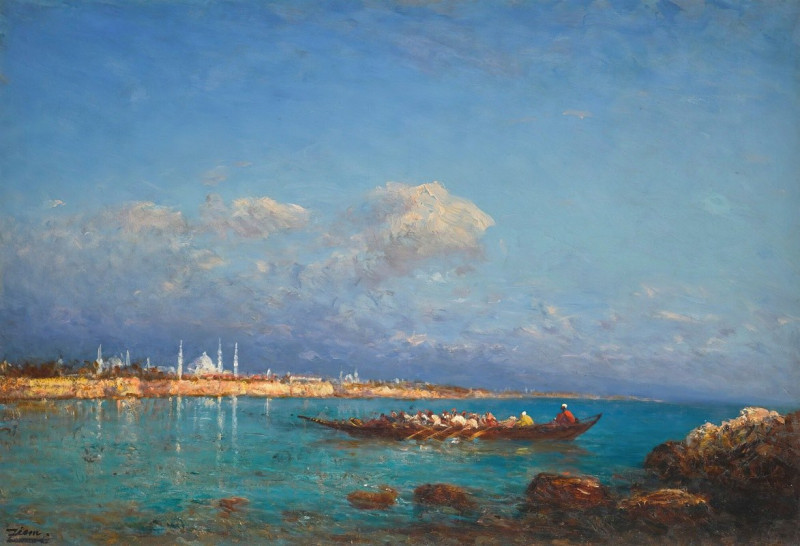
![Pyramids of Gezeeh [Giza], from the Nile. (1846-1849) reproduction of painting by David Roberts. ALL GICLEE PRINTS](https://reprodukcijos.lt/39140-large_default/reproduction-of-pyramids-of-gezeeh-giza-from-the-nile-1846-1849.jpg)




